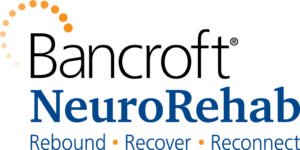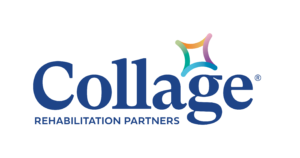Foundation to Advance Brain Rehabilitation

Why FABR?
Access to brain injury rehabilitation services and funding for such services have become more limited in the past few decades. Despite increasing evidence for the benefit of post-acute rehabilitation services to improve independence, return to prior activity and overall quality of life, many individuals never receive the needed treatment or optimal amount of treatment.
FABR aims to use aggregate patient outcome data in a high-quality database project with the eventual goal of further demonstrating the value of post-acute rehabilitation. The project will examine not only clinical change data, but ultimately measures of cost and resource utilization incurred in obtaining the level of clinical change.
The figure below highlights the barriers to healthcare for many survivors of brain injury along with the potential actions that could improve access to care after brain injury.

FABR Goals
- Partner with Inventive Software Solutions utilizing OutcomeInfo to create a high-quality database to conduct research on post-acute brain rehabilitation services by pooling data received from FABR member organizations.*
- Data are de-identified as to the FABR member’s patients/clients and the FABR member organization.
- Conduct research to evaluate both the outcomes associated with models of treatment and the cost-effectiveness of such treatment.
- Disseminate research findings for advocacy and policy development for industry and persons served.

Current Contributing Members
Four of the leading brain injury rehabilitation organizations are currently contributing members of FABR: Bancroft NeuroRehab, Collage Rehabilitation Partners, On With Life, and Pate Neuro Rehabilitation.
The FABR organizations represent 12 US states and comprehensively offer a continuum of post-acute brain injury rehabilitation services including inpatient neurorehabilitation, neurobehavioral rehabilitation, outpatient therapy and evaluations, day treatment, home and community-based services, residential living and long-term care.
FABR will utilize outcome data to research and demonstrate the value of post-acute brain injury rehabilitation within this continuum of services.

OutcomeInfo Database
- Created through NIH grant funding to Inventive Software Solutions, Indiana University, and Oregon Research Institute.
- A Web-Enabled Client/Person Served Outcomes Reporting Service for any size provider (HIPAA compliant) and each organization’s data is protected and secured.
- Allows individual organizations to analyze their internal data and compare to national data.
- Demographics, injury, medical and treatment data recorded.
- MPAI-4 is the core outcome measure; additional measures can be added.
- Contact Inventive Software for further information at [email protected].
FABR Mandatory Data Elements
| DOMAINS | METRIC/VARIABLE | TIME POINTS |
|---|---|---|
| General Functional Abilities | MPAI-4 | Admission, Interval, Program Level Change, Discharge, Follow Up (MPAI Participation Only 3 & 12 months) |
| Supervision Needs | Supervision Rating Scale | Admission, Interval, Program Level Change, Discharge, Follow Up (3 & 12 months) |
| Demographics | Year of birth; Age at injury; Sex; Marital status; Primary language; Ethnicity; Race | Admission & updated as needed |
| Injury Variables | Type of brain injury; Injury severity (LOC, Mayo Classification System); Cause of brain injury; Prior brain injuries; Prior rehabilitation; Imaging findings | Admission |
| Pre-admission | Funder source; Prior setting before admission | Admission and update as needed |
| Vocational & Educational | Pre & post injury education completed; years of pre-injury employment; Occupational category and type (FT/PT) | Admission & Discharge |
| Admission & Discharge | FABR categories capturing: Neuro-behavioral residential; Neuro-rehabilitation residential; Day Treatment, Outpatient; Home & Community; Subtypes of Supportive Living | Admission, Interval, Program Level Change, Discharge, Follow Up |
| Dose of Treatment | Rating of level received vs. level recommended Reason for insufficient duration of recommended treatment if applicable (i.e. funding, medical issues, participation, etc.) | Discharge |




